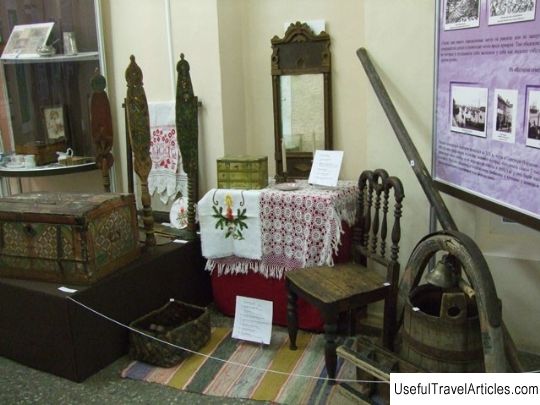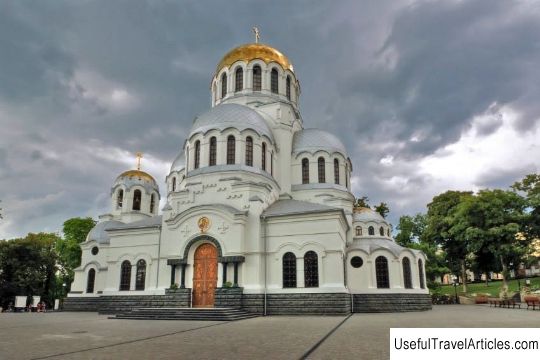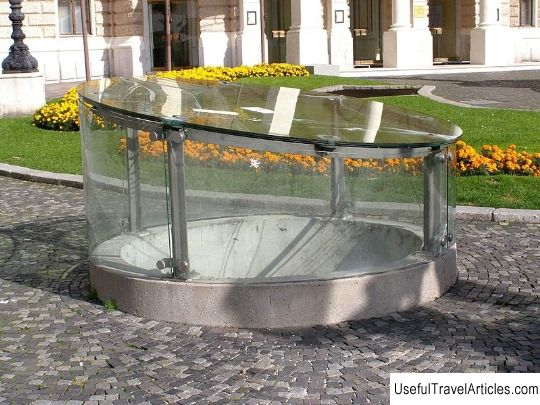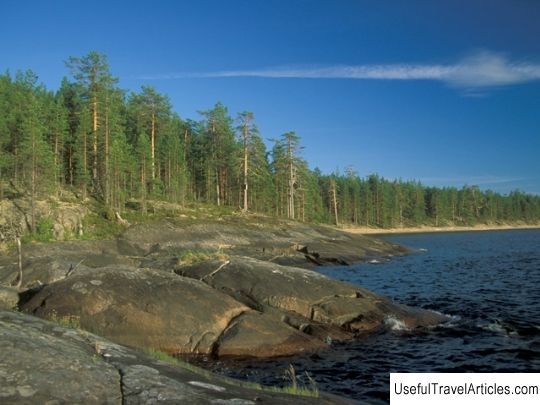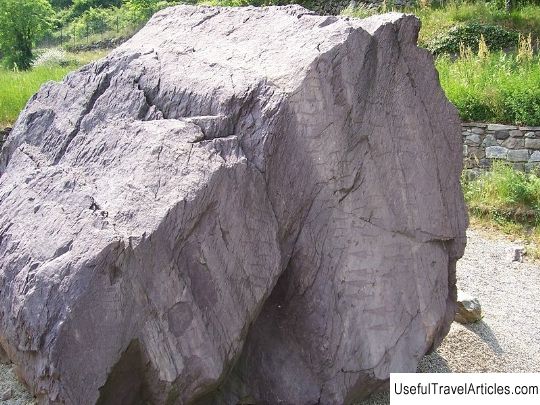White Sea petroglyphs description and photos - Russia - Karelia: Belomorsk
Rating: 8,6/10 (2940 votes) 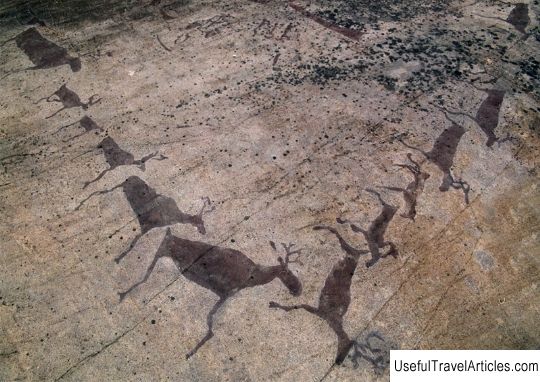
White Sea petroglyphs description and photos - Russia - Karelia: Belomorsk. Detailed information about the attraction. Description, photos and a map showing the nearest significant objects. Photo and descriptionThe White Sea petroglyphs are an archaeological complex, which consists of two thousand drawings and embossings on the rocks. They are located in the town of Zalavruga, not far from the Vyg river, which is 12 km from Belomorsk, near the village of Vygostrov. On the northern and western sides, the territory is bounded by the reservoirs of the Belomorskaya HPP and Vygostrovskaya, on the eastern side there is Belomorsk. You can get to the place on foot, walking along the path for 2 km. The White Sea petroglyphs were discovered in 1926 by the Karelian writer and ethnographer Alexander Linevsky. This man was a scientist-archaeologist, historian, ethnographer, Russian writer, and also a laureate of the State Prize of Karelia. Linevsky called this place "Demon Tracks" and devoted more than 10 years of study to this cluster. The discovery of this ancient archaeological inheritance became the basis for the emergence of a particularly popular scientific and artistic story of the writer "The Leaves of the Stone Book". "Demon footprints" are the most ancient drawings made on rocks in Karelia - this is the opinion of the largest number of researchers. As you know, "petroglyphs" are translated as "carving on a rock." For a huge amount of time before the advent of writing, people were able to find a way to express thoughts using drawings and images on rocks. The images were painted onto the stones. In another way, they are also called "rock painting" or "scribble". In addition, the figures were knocked out using a metal or stone tool. The White Sea petroglyphs are the richest archaeological complex, which is located in three main directions: Erpin Pudas, Zalavruga and Besovy sledki. In the pictures presented, you can see a variety of forest animals, for example, elk, bears, deer; marine life: whale, beluga, seals, as well as people and boats. In addition to the images of single figures, scenes of the main occupations of ancient man are drawn here: hunting bears, deer, elk, various birds and sea animals. In the same place, there are very ancient images of a person standing on skis, not only in northern Europe, but throughout the world. In 1936, with the help of a local resident, an archaeological expedition was assembled under the leadership of V.I. Ravdonikas. At the same time, we managed to find another group of drawings, which was named Zalavruga. On the main central rock are three life-sized deer that follow each other, as well as a chain that runs under their feet and blocks the way for boats with people. The picture shows a deer hunt in autumn: the deer crossed the river as they migrate from north to south. If you take a closer look, you will notice that the action takes place in the fall - boats are drawn on the water, and in winter - skis were used. There is also a drawing on the theme of war: the cliff depicts a battle with alien sailors who invaded the territory of ancient people. On September 5, 1963, New Zalavruga was opened. The discovery was made by an archaeological expedition led by Yuri Alexandrovich Savvateev near Staraya Zalavruga. The site is an area of 200 sq. meters, which was hidden under a layer of earth. The drawings have been carefully preserved by nature to this day. More than a thousand images have been found at this site. The zalavruga was cleared all over the area, and it became a wonderful open-air museum. New Zalaruga includes 26 groups of drawings, which are concentrated on a vast territory. There is a whole gallery of various rock paintings, the existence of which for a very long time no one knew about. The largest is the scene of elk hunting in winter along the crust. The most interesting thing is that only a person plays the main role in the rock carvings. This may mean that at this time very important events took place for a person in the perception and consciousness of the world around them. The images of the hunting of the beast, which have long played a major role in the representation of people,                                We also recommend reading Square A. S. Pushkin description and photo - Ukraine: Nikolaev Topic: White Sea petroglyphs description and photos - Russia - Karelia: Belomorsk. |
